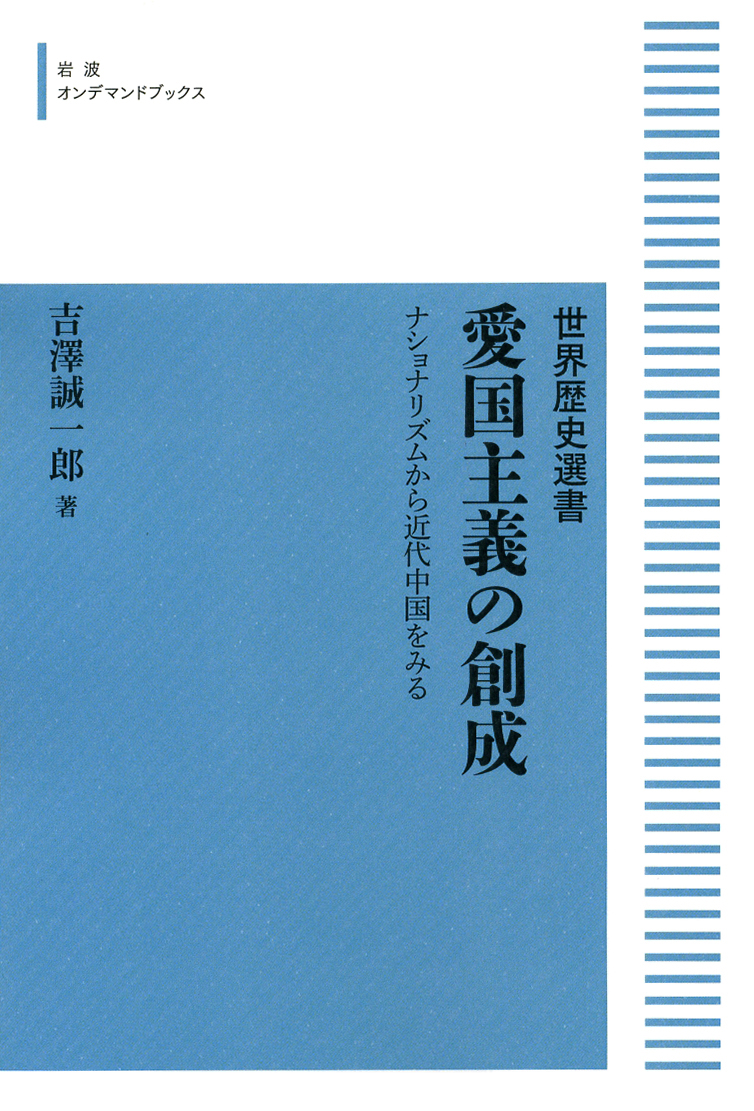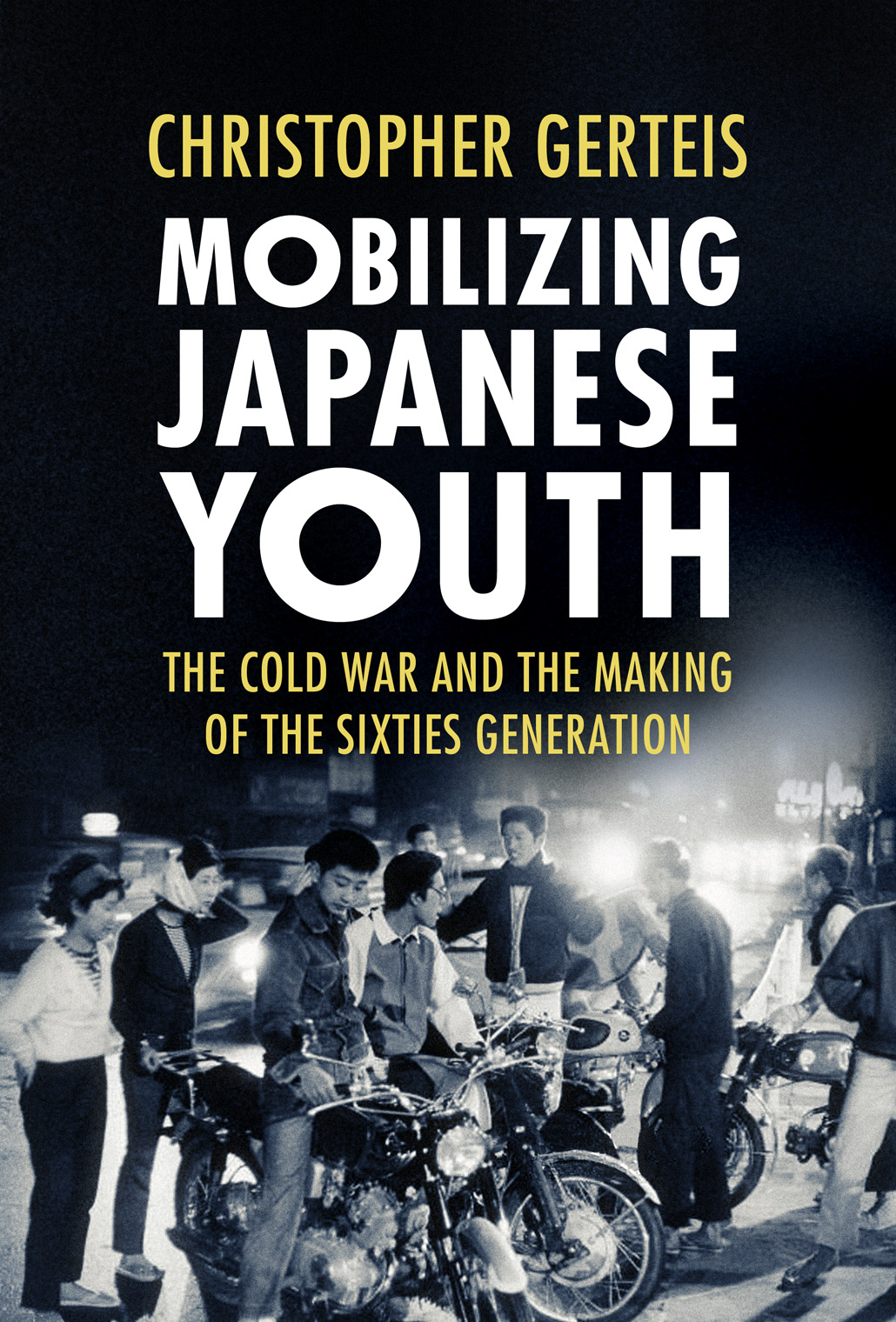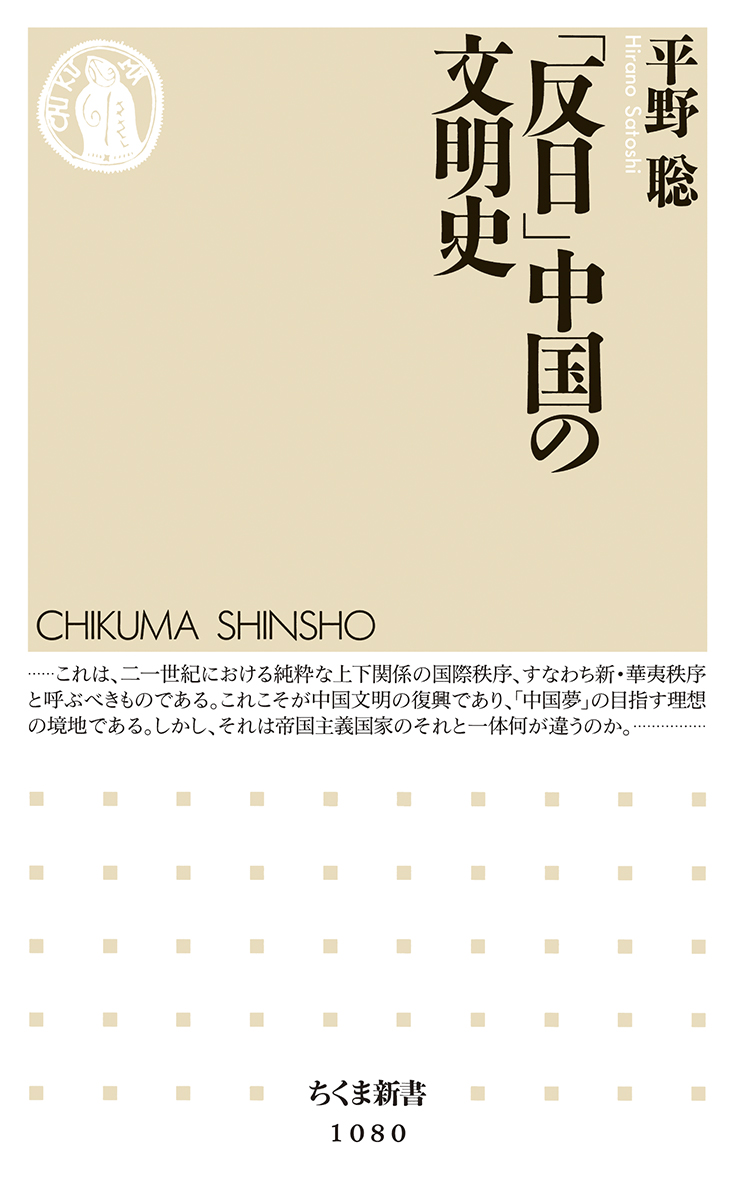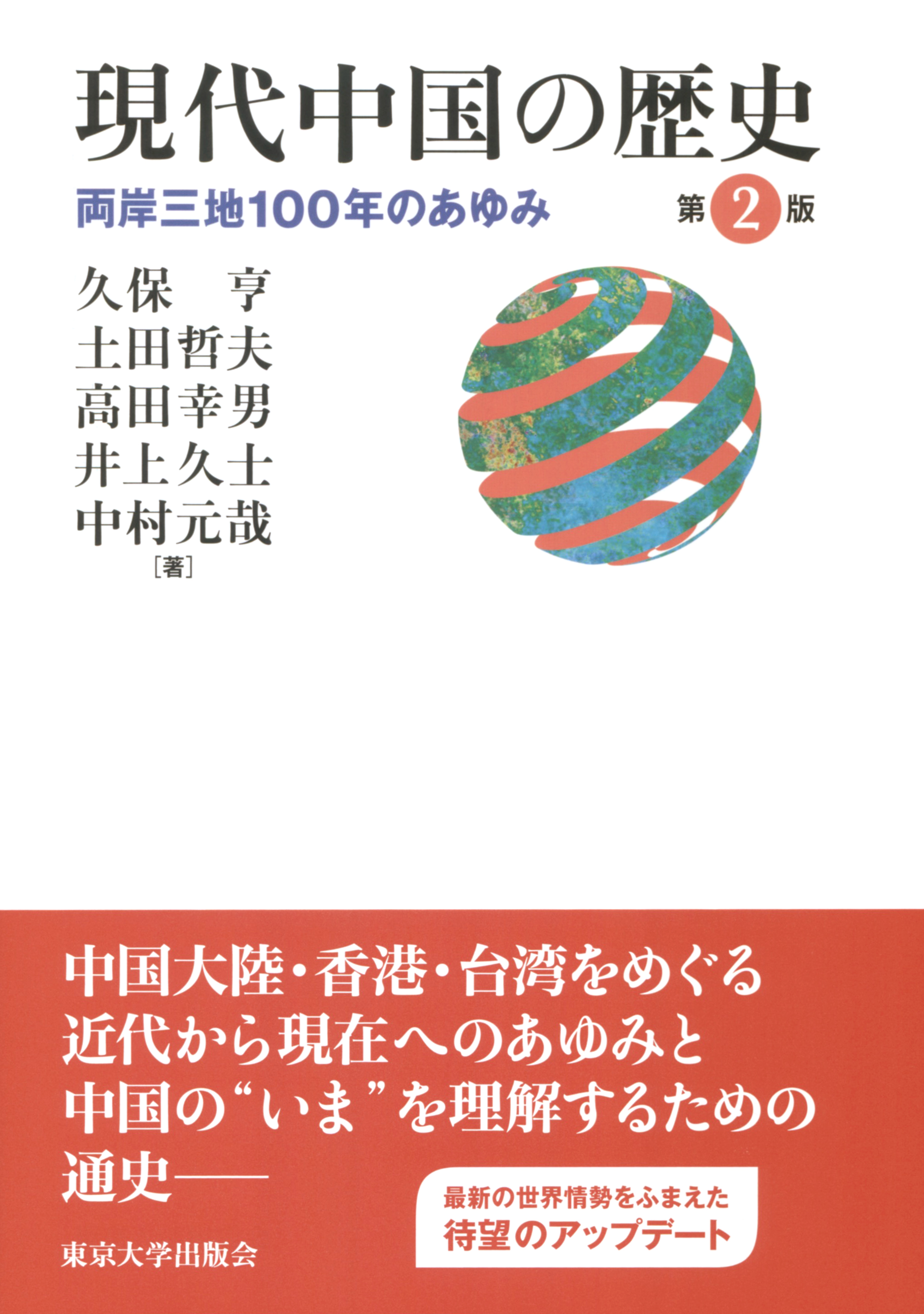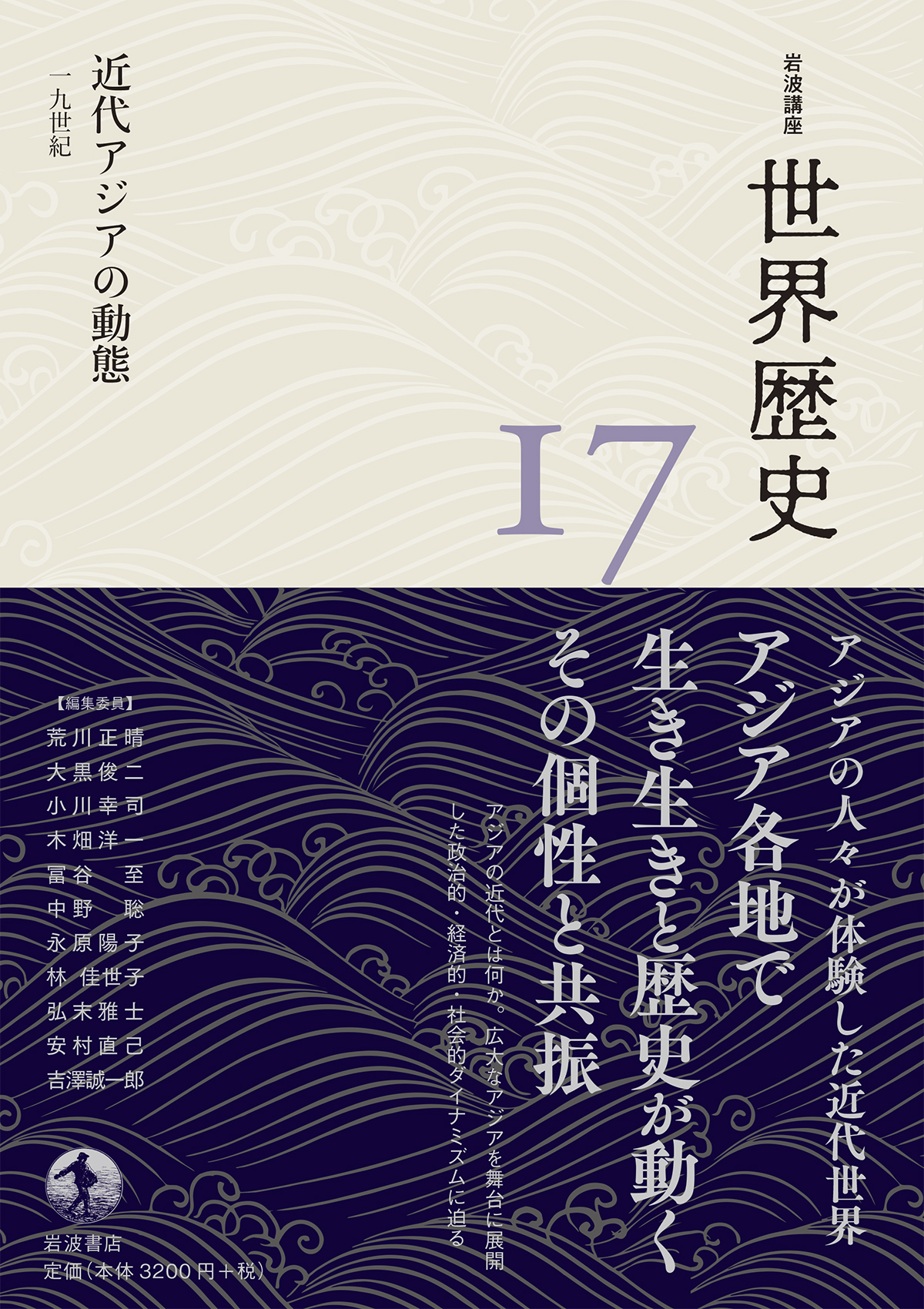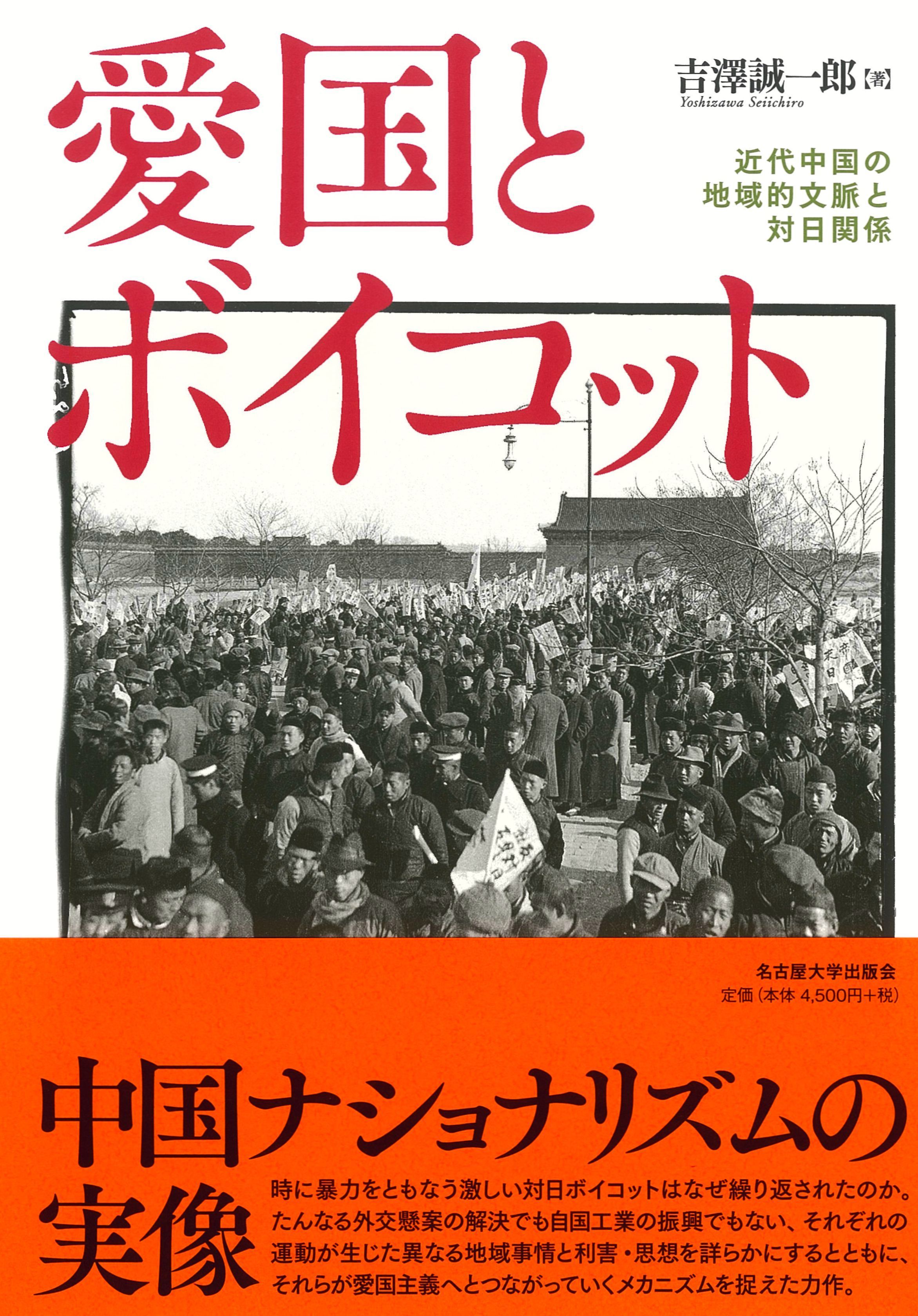
Title
Aikoku to Boycott (Nationalism and Boycott Movements in Modern China - Local Contexts and Sino-Japanese Relations)
Size
314 pages, A5 format, hardcover
Language
Japanese
Released
November 30, 2021
ISBN
978-4-8158-1048-1
Published by
The University of Nagoya Press
Book Info
See Book Availability at Library
Japanese Page
I wrote this book in order to examine in depth nationalist movements founded on patriotism.
During the first half of the twentieth century, boycotts have often occurred as part of a nationalist movement in China. One such boycott movement occurred in 1915 in response to Japan issuing the Twenty-One Demands to the Republic of China. On that occasion, the Chinese masses boycotted Japanese goods to pressure the Government of Japan. As this example illustrates, many of the boycotts in China arose because of diplomatic strife.
However, the boycotts have puzzling aspects. For example, while the boycotts were supposedly united national movements, they were sometimes more intense in some regions of China and less in others. Another puzzling aspect concerns the impact of the boycotts: although it was natural that boycotts primarily exert great influence on Shino-Japanese trades, the boycotts, in practice, rarely succeeded in resolving the diplomatic issue.
According to the popular narrative, the boycotts arose from a patriotic sentiment commonly held by the masses. This book diverges somewhat from this blanket assumption. It adopts the premise that different groups of individuals had varying interests in boycotts, depending on their particular position. Nationalist logic may assume that the people of a country act as one unit—that the Japanese would act in unison as Japanese, and that the Chinese would do so as Chinese—but this is a no more than an idea.
Another important point to consider is that appeals to patriotism were often driven by sectional interests; different groups with their disparate positions would brandish patriotic slogans as a means to gain an advantage for their group or to achieve self-actualization. In one example, Chinese merchants in Southeast Asia would use boycotts as a means to restrain Japanese business activities and gain a competitive advantage. In another example, Chinese students staged attacks on Chinese merchants who imported Japanese goods in an attempt to cast themselves as the true voice of Chinese patriotism. Similarly, during the May Fourth Movement, workers in Shanghai tried to engage in a boycott because they wanted their social tier, too, to be recognized as patriotic.
These differences in sectional interests sometimes engendered regional disparities, which explains the lack of national uniformity in the boycotts. There is a further implication: if, as this book argues, different people had their particular objectives in engaging in a boycott, then a boycott would still have had value to certain groups even if it did little to foster a resolution to diplomatic strife.
However, we should consider that the more groups appealed to patriotism for their own particular ends, the more influential the patriotic rhetoric became. Eventually, the sectional interests became concealed beneath the cumulative patriotic fervor, such that it became impossible to delineate the different interests that existed among each nation concerned.
National movements based on people’s unity may initially have been a fiction. Even so, this fiction was becoming a reality in that it began exerting the power to circumscribe people’s thoughts and actions.
(Written by YOSHIZAWA Seiichiro, Professor, Graduate School of Humanities and Sociology / 2022)



 Find a book
Find a book


